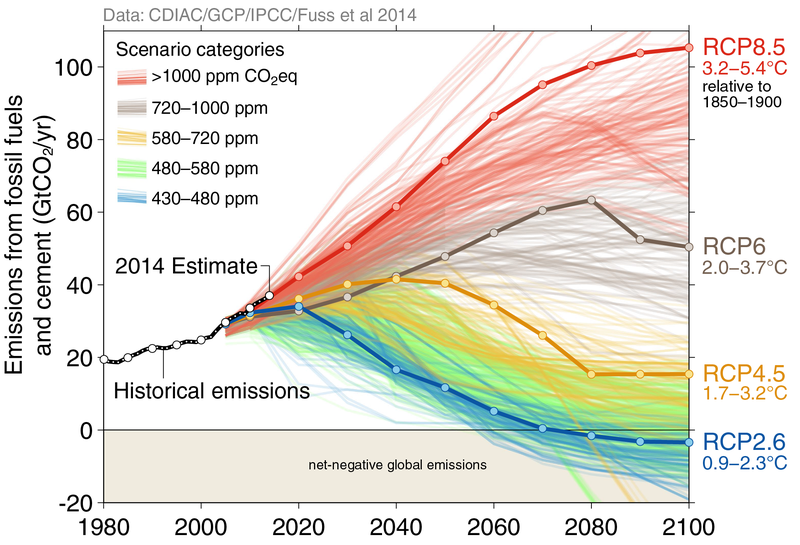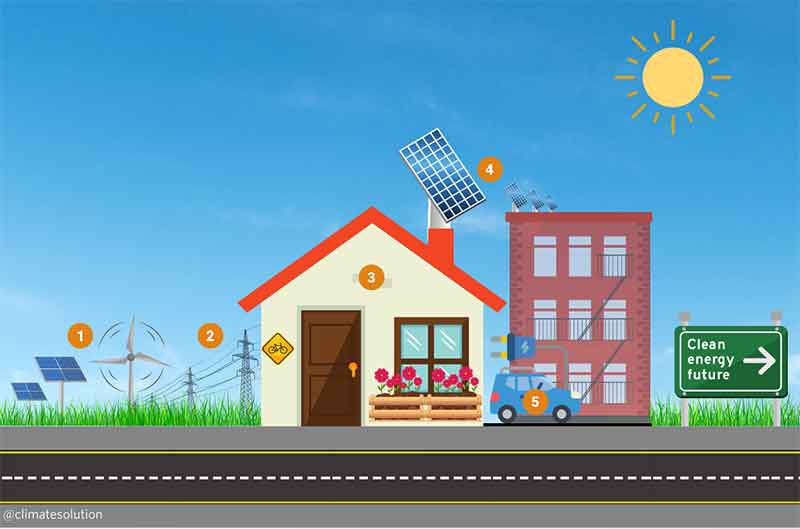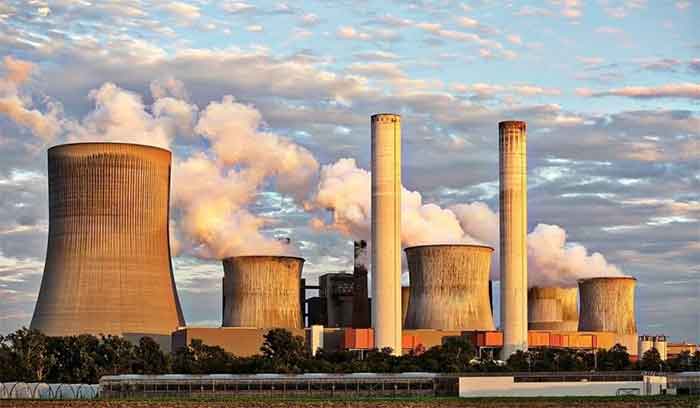
Everyone is happy about the COP21 agreement in Paris and that there seem to be a certain willingness to avoid to go over the 2°C limit and the probable “tipping point” that will follow. But make no mistake: the task is enormously difficult. Look at these data from “The Global Carbon Project“.

The blue lines are the pathways needed to have a fair chance to remain within the 2°C limit. We have to get to zero from here to 2070, but hoping in a technological miracle that, later on, will make it possible to pump away from the atmosphere some of the CO2 emitted earlier on. Otherwise, we must throttle emissions even faster.
No matter which curve you think is most likely, there remains the fact that it took a couple of centuries to arrive to the level of fossil fuel production where we are. Now, we need to go back to zero in a few decades. If this is not a “Seneca Collapse” I don’t know what is. This is a kind of collapse that I describe with the words of the ancient Roman philosopher Lucius Annaeus Seneca “increases are of sluggish growth, but ruin is rapid.”
So, it is a collapse that we need, and we’ll probably have it. Even if governments and institutions fail to act on curbing emissions, it is likely that the fossil industry will collapse by itself because of increasing production costs and sluggish markets – it is happening right now. The problem is that, normally, when something very big collapses, a lot of people get hurt and we would like to avoid that.
Is it possible to collapse gracefully and glide down in style along the Seneca cliff? In principle, yes. The recent paper by Sgouridis, Csala and Bardi , titled “The Sower’s Way.” takes inspiration from a strategy well known to ancient farmers, the fact that they had to save something from their current harvest for the next one; it is the origin of the common saying “don’t eat your seed corn!” So, the paper reports a quantitative calculation of how much energy we must squeeze out of the remaining fossil fuels reserves in order to build up the renewable energy infrastructure that will smoothly replace the present, fossil based, infrastructure. And how to do that without going over the climate edge. If we can manage that, it will be only the fossil fuel industry that collapses, but not the rest of us. And the calculations show that it is possible.
A nice idea, but there is one glitch: it will be very expensive. The data show that, if we want this transition, we have to pay for it and to start paying right now. We need to step up investments in a new energy infrastructure of at least an order of magnitude in comparison to the present level. It sounds very difficult, but it is not impossible. Creative collapsing may be the only way to avoid a climate disaster!
Ugo Bardi is a professor of Chemistry at the Department of Chemistry of the University of Firenze, Italy. He also has a more general interest in energy question and is the founder and president of ASPO Italia. He blogs at Cassandra’s Legacy where this article first appeared.













































